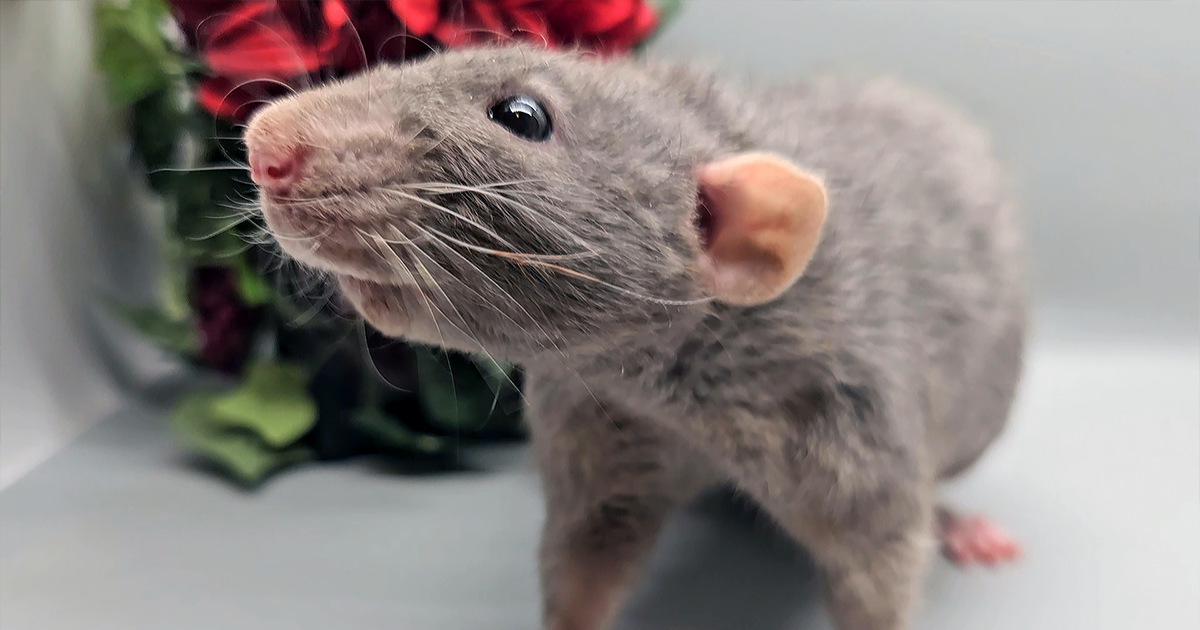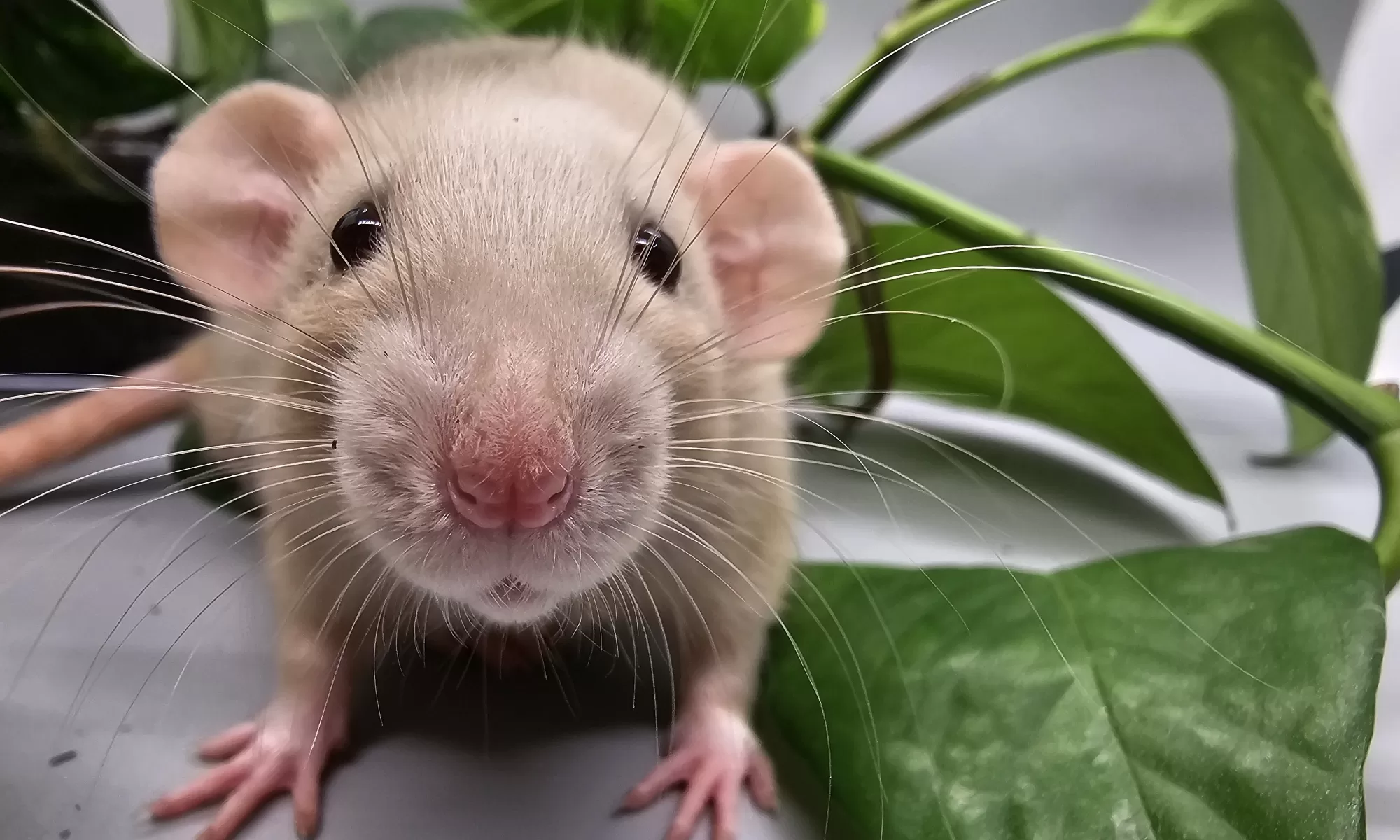What is an ethical breeder
The concept of an ethical animal breeder is not new. We see these requirements across other species, from dogs to horses to cats, and even extending into livestock. So what is considered an ethical (reputable) rat breeder?*
You’ll likely hear someone say that an ethical breeder is breeding to better the species. While this is true, what does this mean?
Breeding to better a species means having base goals that prioritize health and temperament. This process in rats is accomplished through careful selection and culling. Yes, in the US fancy, culling (the removal of an animal from a breeding program) is a heavily used tool. Culling can be broken down into two types:
- Soft culling: the removal of an animal from a breeding program by pet homing/retiring
- Hard culling: the removal of an animal from a breeding program by humane euthanasia
Culling, especially in newly established lines, is important. In lines where temperament and/or health is not yet acceptable for pet homes, hard culling provides a humane alternative to a lifetime of chronic health problems, or fear/isolation. As social animals, a rat who is aggressive toward other rats or humans is not a temperamentally sound domesticated animal. Additionally, in these newly established lines, most breeders lack the space to hold back every single rat produced that isn’t going to be used for breeding. They would quickly run out of space, and all progress would be halted. The use of hard culling is heavily dictated by your region.
Tl;dr Ethical rat breeding, at its core, is breeding through careful selection and culling to better the species in regard to temperament and health.
Other factors
Like other minimums, the aforementioned explanation is the bare minimum, the bar, the lowest rung on the ladder. A breeder should have goals other than the minimum.
Rats do have variety—not breed—standards. Remember that domestic rats do not have breeds; they have varieties. While shows are few and far between in the US, many breeders still choose to breed toward AFRMA (American Fancy Rat & Mouse Association) or other registry standards when applicable.
Other key factors for pet breeders:
- Has a basic understanding of genetics for the varieties they breed
- Transparent policies; good communication
- Follows up-to-date husbandry minimums
- Operates a closed rattery
- Tracks lineage
- Available to adopters even after the completion of the sale
- Takes back all animals produced
Many assume that breeder type inherently impacts reputability (pet, feeder, dual), but this isn’t true. Feeder breeders and dual breeders can be ethical breeders, just as pet breeders can be unethical.
Some things, such as pricing or health testing, fall under the “personal ethics” umbrella. Other things can include age of breeding**, culling for litter size, color, sex, markings, etc.
Personal ethics are aspects of breeding and/or policy that fall outside the basic ethics for your region.
For example, if a breeder prices their rats in a way you don’t agree with, that doesn’t make them unethical. Your personal ethics just do not agree.
A backyard breeder (BYB) is someone who is purposefully breeding, AND is failing to do at least one of the regionally accepted standard of ethics.
A BYB fails to meet the bare minimum. The severity of a BYB is a sliding scale from “almost doing everything correctly” to “doing nothing correctly,” and every stop between. The community should strive to support the breeders who are putting in the time and effort to meet all the minimums.
By purchasing from a BYB, it directly supports the production of animals who lack good health, temperament, and structure. It can support the spread of misinformation in a fancy already rife with it.
Mills and pet stores can also be considered BYB, not just individual breeders.
- Lacks basic husbandry and genetics knowledge
- Advertises standard varieties as “rare” or renames existing varieties to promote a false uniqueness
- Pushes out-of-date information
- Example: Kiln-dried pine is dangerous; rats require 2.5 sq ft of space per rat
- Breeds only for color/type to the detriment of health/temperament
- Rehomes aggressive, skittish, or ill animals repeatedly
- Poor communication, and vague/no policies
- Rehomes pups prior to 5 weeks of age
- 8 weeks is the accepted ethical rehoming minimum age, but rats wean at 5 weeks. The three weeks between is a personal ethics dilemma.
- Normalizes biting and/or lone rats
- Normalizes maternal aggression/male hormonal aggression
- Uses dry ice/baking soda & vinegar methods of euthanasia
- Flow-regulated CO2 euthanasia is AVMA approved, but the dry ice/baking soda & vinegar methods cannot be regulated.
- Keeps terminally ill animals and FTTs alive
These phrases inherently do not make someone a BYB, but if you see these, you should dig a little deeper, and vet the breeder further. Some of these phrases indicate lack of experience and knowledge, or it’s an uncommon variety that is frequently misidentified by BYBs and less experienced breeders.
- Rare
- Hand-socialized
- Harlequin (not an existing variety in the US)
- Tricolor/Tortoiseshell (extremely uncommon—being worked on by experienced ratteries)
- Mixed/half when referring to variety
- Grey, tan, or brown—demonstrates lack of genetics knowledge
*All information in this page is a combination of US fancy ethics collected from 10 years in the community and Bleuming Tail’s personal ethics. This is not a complete listing for what makes a breeder ethical or what makes a breeder unethical.
**The suggested breeding age for does in unestablished lines is 4 months of age and/or 250g. For bucks, the age minimum is 6 months of age. Established lines have more wiggle room.
YOU MAY LIKE:




